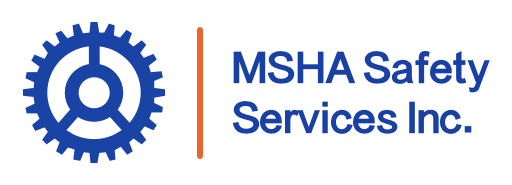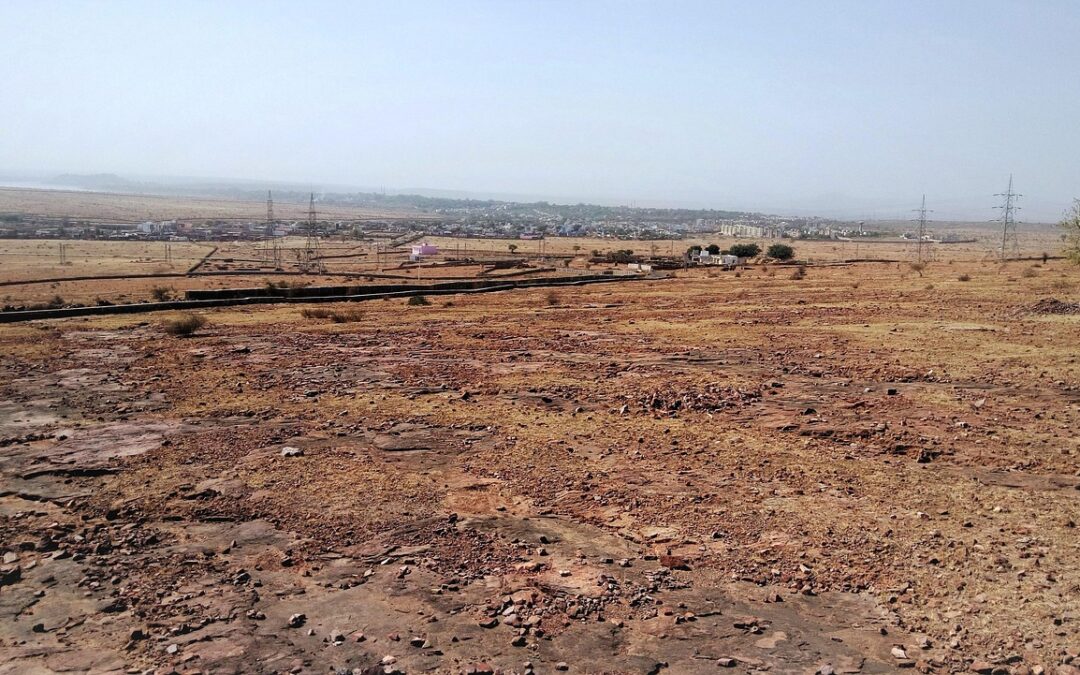Mining is one of the world’s most demanding and high-risk industries, making mine worker safety a top priority. From navigating underground tunnels to handling heavy machinery, workers face a variety of hazards every day. That’s why understanding and applying the key standards and best practices for mine workers is essential—not only for compliance, but for creating a culture of safety that protects lives. Through proper training, effective risk management in mining, and the integration of new technologies, the industry continues to evolve in its commitment to keeping workers safe. This article explores the essential safety precautions, regulatory standards, and emerging innovations shaping the future of mining safety.
What Are the Safety Precautions to Be Taken in Mines?
Ensuring safe access for mine workers begins with implementing basic safety precautions. These essential steps lay the groundwork for all mining safety procedures:
- Conducting thorough pre-shift inspections of equipment and work areas.
- Ensuring proper ventilation to prevent the buildup of toxic gases.
- Enforcing the use of fall protection in elevated or vertical work zones.
- Keeping travel routes free of debris and obstructions.
- Clearly marking hazardous zones with proper signage and barriers.
When these safety measures are consistently followed, they play a significant role in reducing injuries and fatalities in mining operations.
Understanding the Importance of Safety Standards and Regulations in Mining
Mining safety is guided by established safety standards and regulations. These rules aren’t optional; they are legally required and vital for saving lives. In the U.S., agencies like MSHA (Mine Safety and Health Administration) enforce these standards. Key regulations include:
- Required use of protective gear.
- Regular mine inspections.
- Emergency preparedness plans.
- Hazard communication protocols.
Adhering to these standards keeps operations legal and workers protected.
Best Practices for Personal Protective Equipment (PPE) in Mining
Personal protective equipment is a first line of defense for miners. Best practices for PPE in mining include:
- Wearing hard hats, steel-toed boots, and gloves at all times.
- Using hearing protection in noisy areas.
- Wearing high-visibility clothing in low-light zones.
- Inspecting PPE regularly for wear or damage.
- Training workers on proper PPE use and maintenance.
Proper PPE not only reduces injuries—it builds confidence among workers.
Training and Certification Requirements for Mine Workers
All mine workers should receive training tailored to their specific roles. Standard training and certification requirements include:
- MSHA Part 46 or Part 48 training, depending on the type of mine.
- Annual refresher training.
- Task-specific certifications (e.g., blasting, electrical maintenance).
- Hands-on emergency response practice.
Training ensures that everyone—from rookies to veterans—knows how to work safely. If you are unsure of where to start, MSHA Safety Services offers engaging and interactive training sessions designed to improve safety knowledge retention and promote safer mine sites. With flexible scheduling and comprehensive administrative support, their programs ensure that workers receive the training they need to stay compliant and safe.
Hazard Identification and Risk Management in Mining Operations
A core part of ensuring safe access is identifying hazards before they cause harm. Effective risk management includes:
- Performing job hazard analysis (JHAs).
- Using risk matrices to prioritize threats.
- Involving workers in safety discussions.
- Updating hazard controls as conditions change.
Proactive risk management keeps small issues from becoming major emergencies.
The Role of Technology in Enhancing Mine Worker Safety
Modern technology is reshaping mine safety. Innovations that help enhance mine worker safety include:
- Gas detection systems with real-time alerts.
- Wearable sensors that track worker health and fatigue.
- Drones for remote inspection of hazardous areas.
- Automated equipment to reduce human exposure to risks.
Technology doesn’t replace humans—it helps protect them.

Emergency Protocols and Response Plans for Mines
Preparedness saves lives. Effective emergency protocols should include:
- Clear evacuation routes and muster points.
- Regular emergency drills.
- On-site rescue teams with proper gear.
- Communication systems that function underground.
Everyone on site should know what to do the moment an alarm sounds.
Health and Wellness: Addressing the Physical Demands of Mining
Mining takes a toll on the body. Addressing health and wellness means:
- Providing hydration and rest areas.
- Rotating tasks to reduce repetitive strain.
- Offering mental health support and resources.
- Monitoring for early signs of fatigue or heat stress.
Healthy workers are safer, more focused, and more productive.
Environmental Considerations and Worker Safety in Mining
Environmental conditions impact worker safety. Important environmental considerations include:
- Managing dust and airborne contaminants.
- Monitoring noise levels.
- Ensuring adequate lighting.
- Preventing water accumulation in tunnels.
Creating a clean, well-managed environment makes daily operations safer.
The Future of Mine Safety: Innovations and Trends
The future of mine safety is bright with innovation. Emerging trends in mine worker safety include:
- AI-powered safety monitoring platforms.
- Augmented reality (AR) for safety training.
- Autonomous vehicles and machinery.
- Advanced communication tools with real-time data sharing.
Investing in these trends today creates safer mines tomorrow.
Strengthening Mine Worker Safety Through Standards, Practices, and Innovation
Creating a safe working environment in the mining industry is not a one-time task—it’s a continuous commitment. From foundational safety precautions and proper use of PPE to advanced technologies and proactive risk management, every aspect of a mining operation plays a role in protecting workers. By aligning with key standards and best practices for mine workers, companies don’t just meet compliance—they build a culture where safety is second nature.

